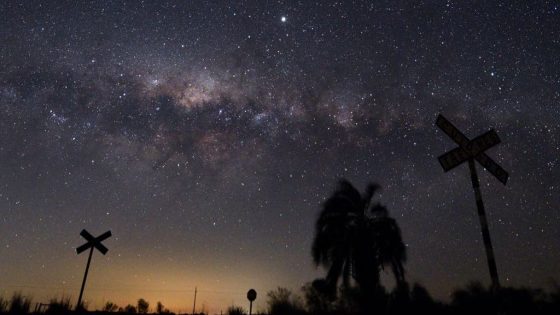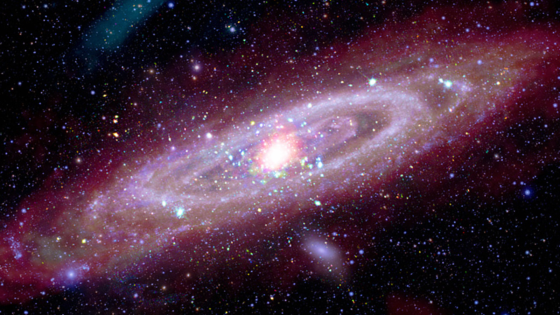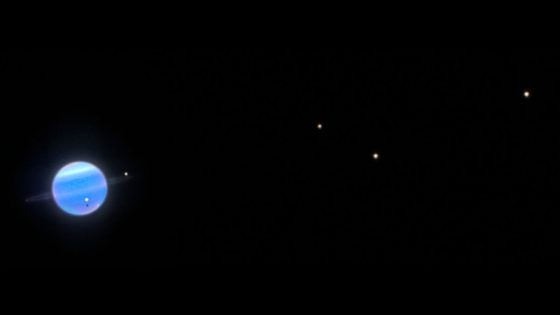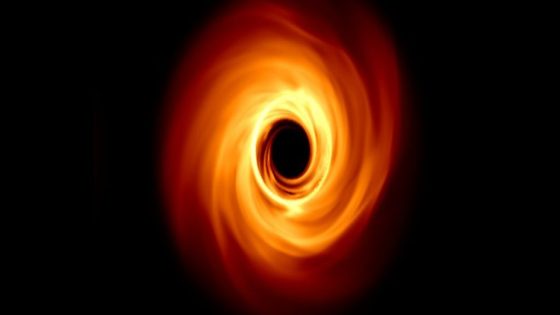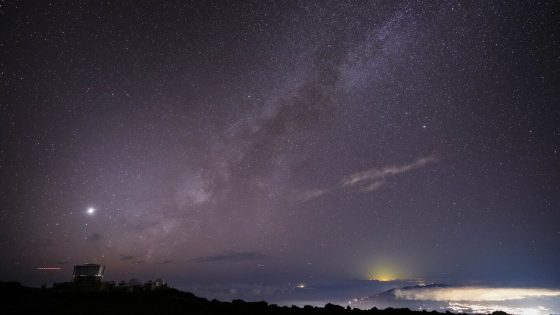Astronomers are buzzing about the recent discovery of an interstellar comet, 3I/ATLAS, speeding through our solar system. This remarkable object, first spotted on July 1, 2025-07-04 01:08:00, is only the third known comet to originate beyond the Sun’s gravitational influence.
- Comet 12P/Pons-Brooks approaches perihelion.
- Astronomers discover interstellar comet 3I/ATLAS.
- Comet moving at over 130,000 mph.
- Estimated diameter of comet is 10 miles.
- No threat to Earth or Moon reported.
- Comet's origin likely from Kuiper Belt or Oort Cloud.
Currently located about 420 million miles from Earth, near Jupiter, 3I/ATLAS is traveling at an astonishing speed of over 130,000 miles per hour. While it poses no threat to Earth, its trajectory will bring it between the orbits of Earth and Mars later this year, although visibility will be limited due to planetary alignment.
This discovery raises intriguing questions about the origins of such celestial bodies. Where did this comet come from, and what can it tell US about the early solar system?
- 3I/ATLAS is expected to reappear in December after passing too close to the Sun.
- The comet’s size is estimated at around 10 miles in diameter.
- It is currently visible only through high-powered telescopes.
As astronomers continue to track 3I/ATLAS, we can look forward to new insights into the nature of interstellar objects and their impact on our understanding of the universe.



